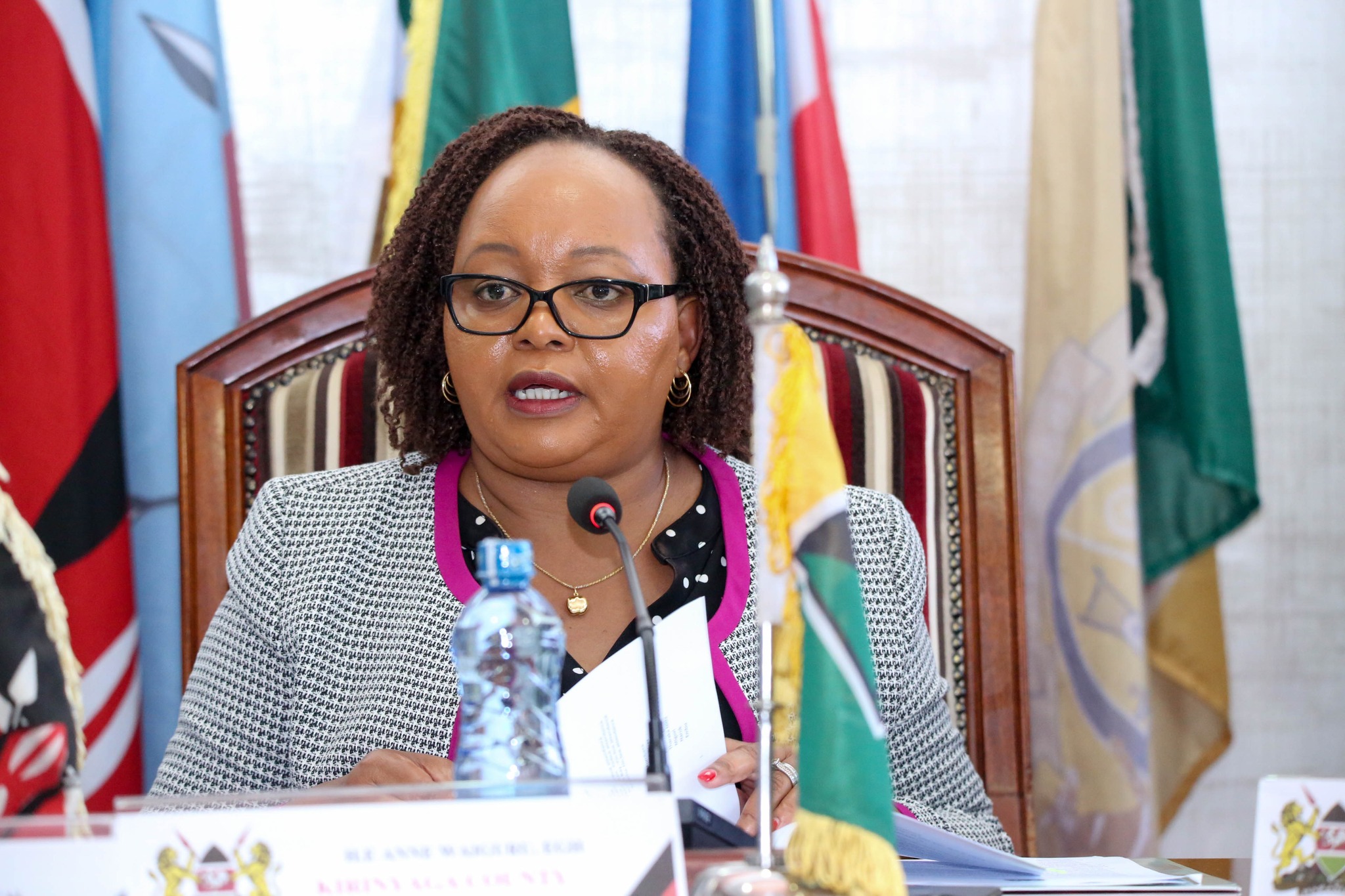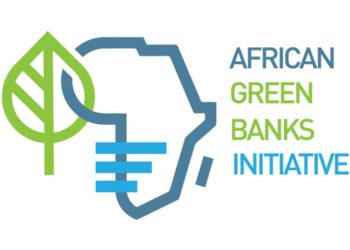Kenya’s 47 county governments fell short of their ambitious revenue and spending targets for the 2022-2023 financial year, according to a comprehensive 768-page report published Tuesday by the independent Office of the Controller of Budget.
The report concluded that widespread “underperformance in own revenue collection, low development expenditure, high pending bills, excessive personnel costs, and delays in report submissions” undercut the counties’ ability to meet their approved budgets.
In the 2022-2023 fiscal year, the counties’ combined budgets totaled KES 515.18 billion. Of that amount, KES 160.54 billion was allocated for much-needed development projects including hospitals, roads, water infrastructure, and schools. The remaining KES 354.64 billion was earmarked for operating expenses like salaries and supplies.
Read more: IMF calls for fiscal reforms in Africa amid debt concerns
To fund these plans, the 47 county governments aimed to raise KES 57.37 billion through local revenue sources like taxes and fees. They also expected KES 370 billion as an “equitable share” transfer from the national government. Another KES 42.03 billion in cash balances was carried over from the previous fiscal year.
But by the end of June 2023, the counties had raised only KES 37.81 billion in own-source revenue, just 65.9 percent of their target. This severe underperformance on local collections meant counties could not deliver all their planned programs and services.
“The underperformance of own-source revenue collection implies that the Counties could not implement some planned activities due to budget deficits,” the report explained.
Compounding the revenue gap, development spending reached only KES 97.98 billion by year-end, just 61 percent of the counties’ KES 160.54 billion goal.
Read more: Chipper Cash CEO Ham Serunjogi named to Biden’s Africa Advisory Council
“The Controller of Budget recommends that Counties prioritize implementing development programs to improve their citizens’ living standards,” the oversight report stressed.
Unpaid bills also piled up across county governments. By June 30, pending bills totaled KES 164.76 billion, with Nairobi County alone accounting for KES 107.33 billion worth of overdue payments.
“The Controller of Budget advises County governments to settle the eligible pending bills as a first charge on the budget in line with the law,” the report advised.
Personnel costs emerged as another weak spot. The 47 counties’ spending on salaries, allowances and benefits added up to KES 195.09 billion, surpassing the government’s 35 percent limit. Just 5 counties managed to keep personnel expenditures within the prescribed cap.
“The CoB recommends that County Governments ensure personnel costs are contained at sustainable levels,” the watchdog report concluded.
| Category | Budget (KES billion) | Expenditure (KES billion) | Absorption Rate |
|---|---|---|---|
| Total Budget | 515.18 | 428.90 | 83.3% |
| Recurrent Budget | 354.64 | 330.92 | 93.3% |
| Development Budget | 160.54 | 97.98 | 61.0% |
| Own Source Revenue Target | 57.37 | 37.81 | 65.9% |
| Equitable Share | 370.00 | 370.00 | 100% |
| Additional Allocations | 17.16 | 16.17 | 94.2% |
| Cash Balance from 2021/22 | 42.03 | n/a | n/a |
| Total Revenue | 466.01 | n/a | n/a |
| Pending Bills | n/a | 164.76 | n/a |
| Personnel Expenditure | n/a | 195.09 | 45.5% of total expenditure |
| Operations & Maintenance Expenditure | n/a | 135.83 | 31.8% of total expenditure |
| MCA Sitting Allowance Budget | 1.68 | 1.34 | 79.9% |
| Nairobi City County Pending Bills | n/a | 107.33 | 65.1% of total pending bills |

















